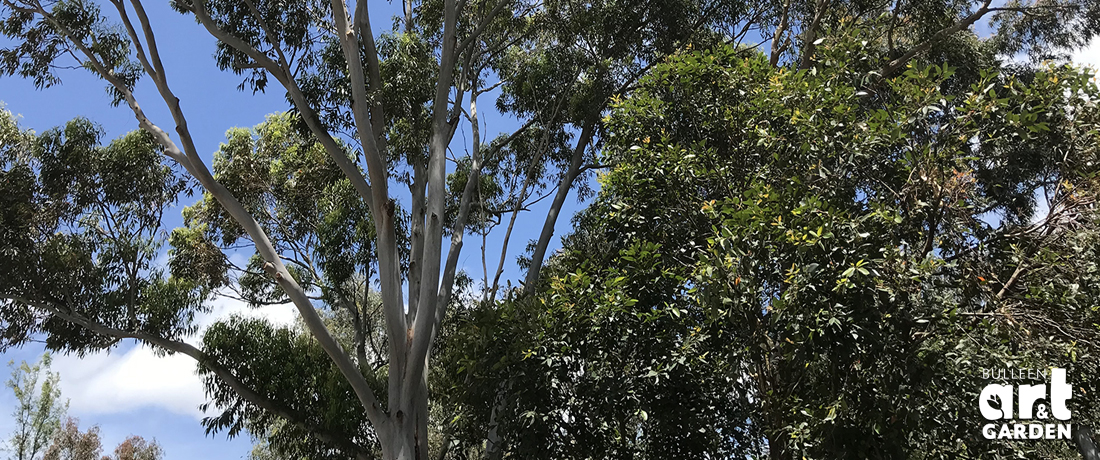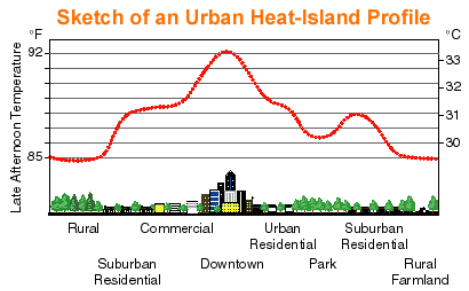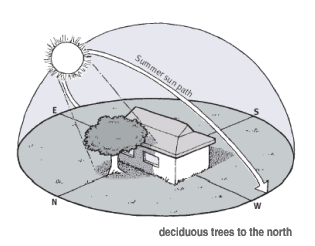
As the temperature begins to rise and water conservation continues to impact on gardeners, people are watering less and are looking to find alternatives for vegetation. But by using some simple planting techniques you can help to decrease the heat around your home and in turn reduce energy consumption.
In response to global warming and water restrictions across the country, politicians are suggesting quick fix strategies to combat climate change. The latest suggestion to come out of Western Australia is that we need to get rid of lawns because they are impractical. But as members of the gardening and landscape industry what we really need is long-term solutions.
Transformed Urban Climates
One of the big factors driving climate change is urban development in cities around the world. Not only does clearing and construction destroy vegetation, it also causes significant changes to the environment. Research has shown that urban development and re-development causes changes to:
- soil moisture
- soil type
- cloud cover
- lightning
- rainfall
- water absorption and
- ambient temperature
The result of these changes to the urban climate is that our cities are becoming hotter and drier.

Urban Heat Island
Hard and dark surfaces are terrific at absorbing heat and as such they often raise the surrounding ambient temperature. Due to the fact that our cities are full of these surfaces it is not surprising then to discover that in many urban sprawls the temperature is higher than the surrounding areas.
This effect is known as the ‘Urban Heat Island’ and is largely due to the lack of vegetation in our cities and surrounding suburbs. The increase in temperature puts more strain on our gardens and means that they require more watering.
The heat island effect also has other repercussions. As the temperature rises, many of us move inside to escape the heat. In our attempts to keep cool we tend to use electrical cooling devices (notably air conditioners) that use a lot of energy. So in turn, the heat island effect causes an increase in energy use, which raises air pollution.
However instead of the noisy air conditioner, there are some natural cooling alternatives that can decrease the heat and ultimately assist in reducing energy consumption in the home and in our cities over summer.
Turning down the heat
There are two main ways that society can reduce the effects of the urban heat islands. One way is to use materials in infrastructure, that absorb less heat and which are more reflective. There are many materials on the market these days that are designed to absorb less heat; with products ranging from paving materials to roofing. However, as gardeners and landscapers, perhaps the easiest and most effective way for us to reduce the heat is to continue planting.
Advantages of using vegetation
The reduced number of trees and plants in urban areas is one of the major reasons for the urban heat island effect. This is because shrubs, plants and trees all contribute to cooling the air by:
- providing shade to buildings
- interrupting solar radiation
- ‘Evapotranspiration’ (the process whereby leaves secrete water, which evaporates cooling the air)
Plants also:
- Cool the soil directly, minimising moisture loss from the surface
- Produce essential emissions that clean our environment
- Look great in the garden
Garden beds covered with mulch help to retain the moisture in the soil. This means that you don’t need to water as much to have a healthy garden. Also the plants in the garden help to retain water and prevent evaporation.
Lawn/ground covers are also effective at reducing glare in summer and reducing heat. Exposed ground can reflect a lot of heat so drought resistant ground covers and lawn will help to cool the area surrounding your house. Lawn or lawn alternatives is also great for absorbing rainfall.

Trees are a fantastic natural cooling system. They provide shade to buildings reducing the indoor temperature. This means that there is less need to use air conditioners and other electrical cooling devices. Houses that are shaded by trees use the air conditioner much less than houses that are in direct contact with the sun’s hot rays. By using the shade of trees to cool the temperature we are therefore saving energy and reducing air pollution as well. Trees also cool the surrounding air through the process of ‘evapotranspiration’, where the leaves release water which then evaporates. Not only that, trees also provide wind protection and prevent soil erosion an they remove pollutants from the air.
The positioning of trees when planting can greatly improve your chances of keeping the house cool in summer. Planting deciduous trees on the northern wall of the house is a great way to block out the sun during the summer months when the sun is slightly higher. But you also get the best of both worlds, because in winter when the sun is slightly lower some of the rays will pass through the branches, warming the house.
If you want to block out the sun from the east and west then tall cone shaped trees are the best for blocking the low sun. To shade the roof of a house, palms and other trees with high canopies are more effective.
Reference:
Australia Cooling – Urban Heat Island Mitigation by Ian Blevin. Landscape Contractor Magazine, Sep/Oct 2007
